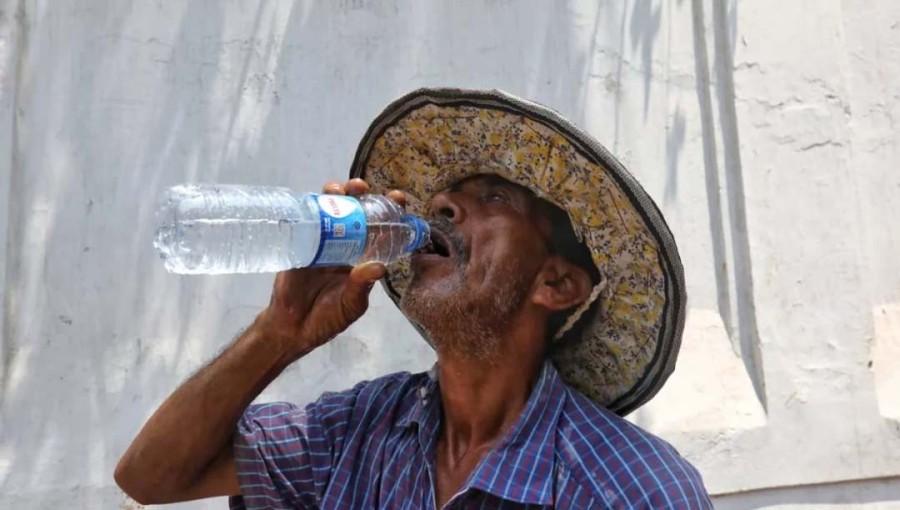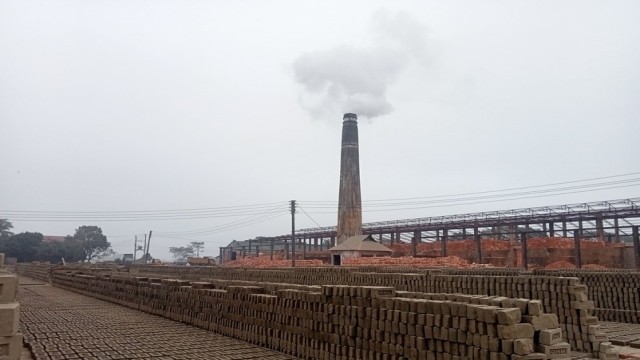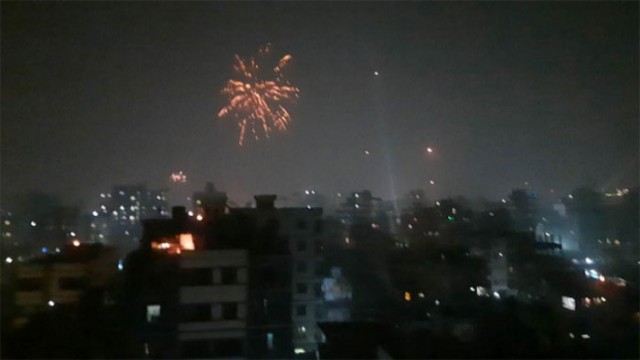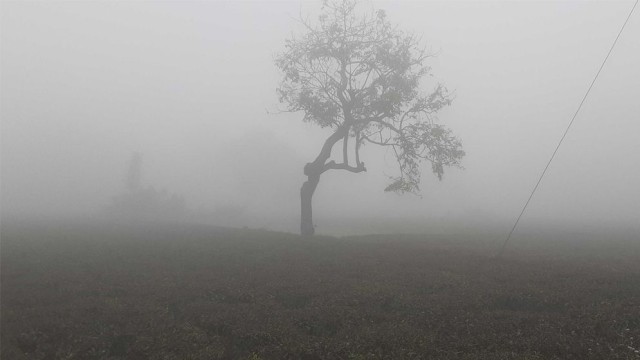A recent study published in the international journal Urban Climate sheds light on the escalating discomfort faced by residents of Dhaka, Bangladesh, due to rising temperatures and humidity levels. The study, titled "Changes in human heat discomfort and its drivers in Bangladesh," analyzed climate data spanning six decades, revealing a three-fold increase in the number of days residents experience severe discomfort outdoors.
During the period of 1961-1970, Dhaka residents endured severe stress outdoors for approximately nine days annually. However, this figure has surged to over 29 days per year between 2011 and 2020. The study, conducted by a team of climatologists and experts, emphasizes the urgent need for adaptation measures to alleviate human heat discomfort.
Dr. Mohammad Kamruzzaman, one of the study's authors, highlighted the necessity of implementing a heat health warning system to prepare citizens for the adverse effects of prolonged exposure to high temperatures. Furthermore, the researchers stressed the importance of increasing green spaces, such as parks and forests, and employing reflective materials on buildings to mitigate heat stress.
The study utilized various indices, including the Heat Discomfort Index (DI) and Humidex (HD), to assess the increasing discomfort experienced by Bangladeshis. The findings revealed a significant rise in severe and dangerous DI days, coupled with a decrease in comfort days, over the past six decades. This trend was particularly pronounced in major cities like Dhaka, Chittagong, Rajshahi, and Sylhet.
Dhaka, being one of the most densely populated cities globally, experienced a nearly three-fold increase in severe thermal stress days, while Sylhet witnessed a staggering twelve-fold increase over the decades. The study underscores the need for further research into the factors driving such alarming trends, particularly in regions like Sylhet, characterized by high humidity and seismic activity.































Comment: